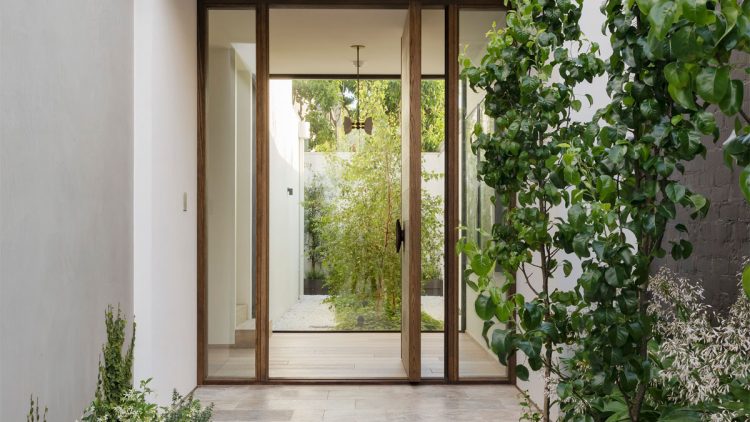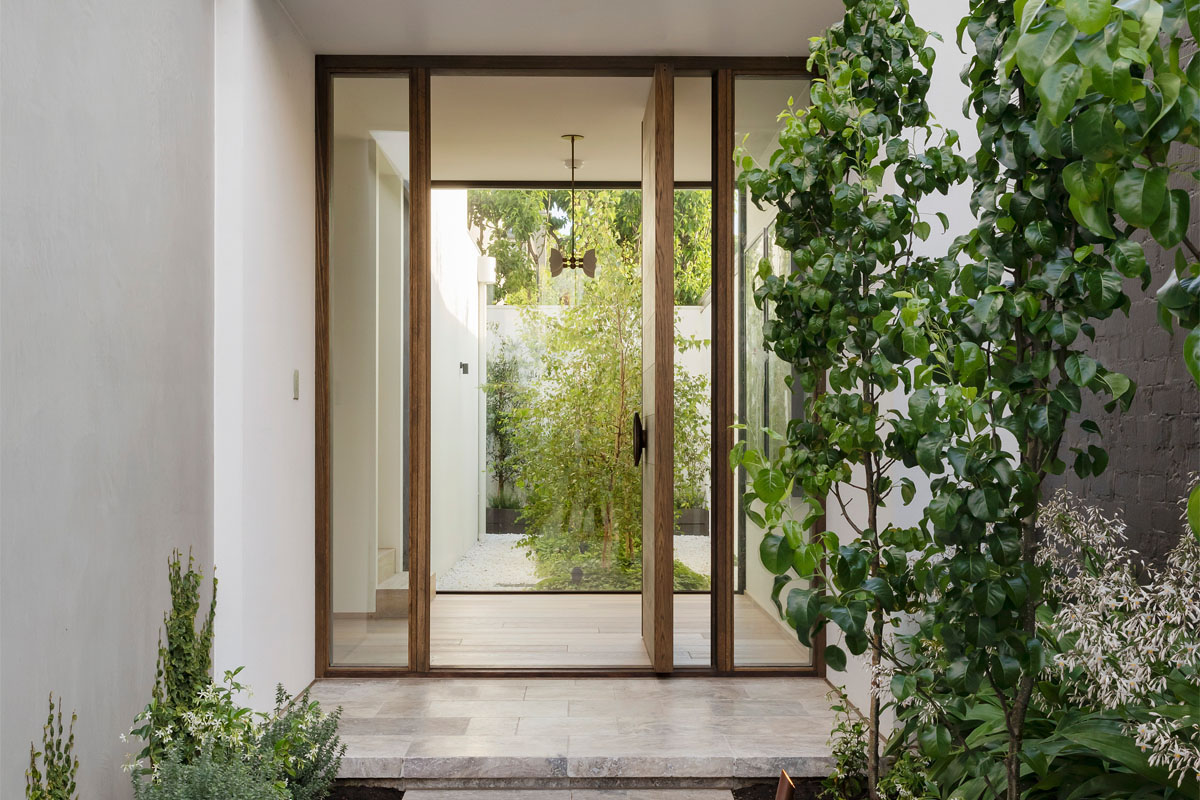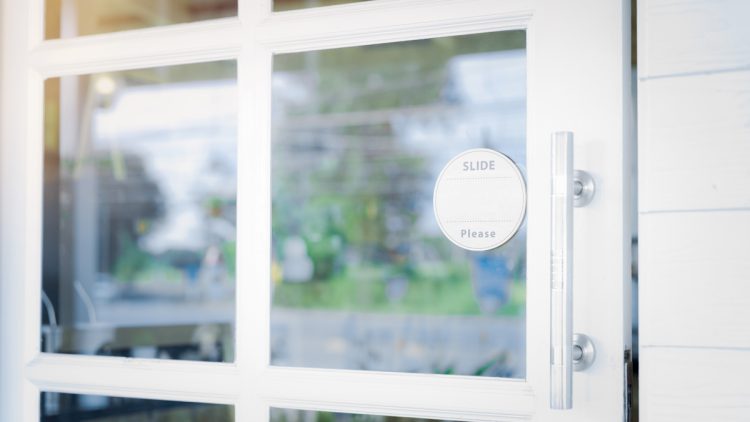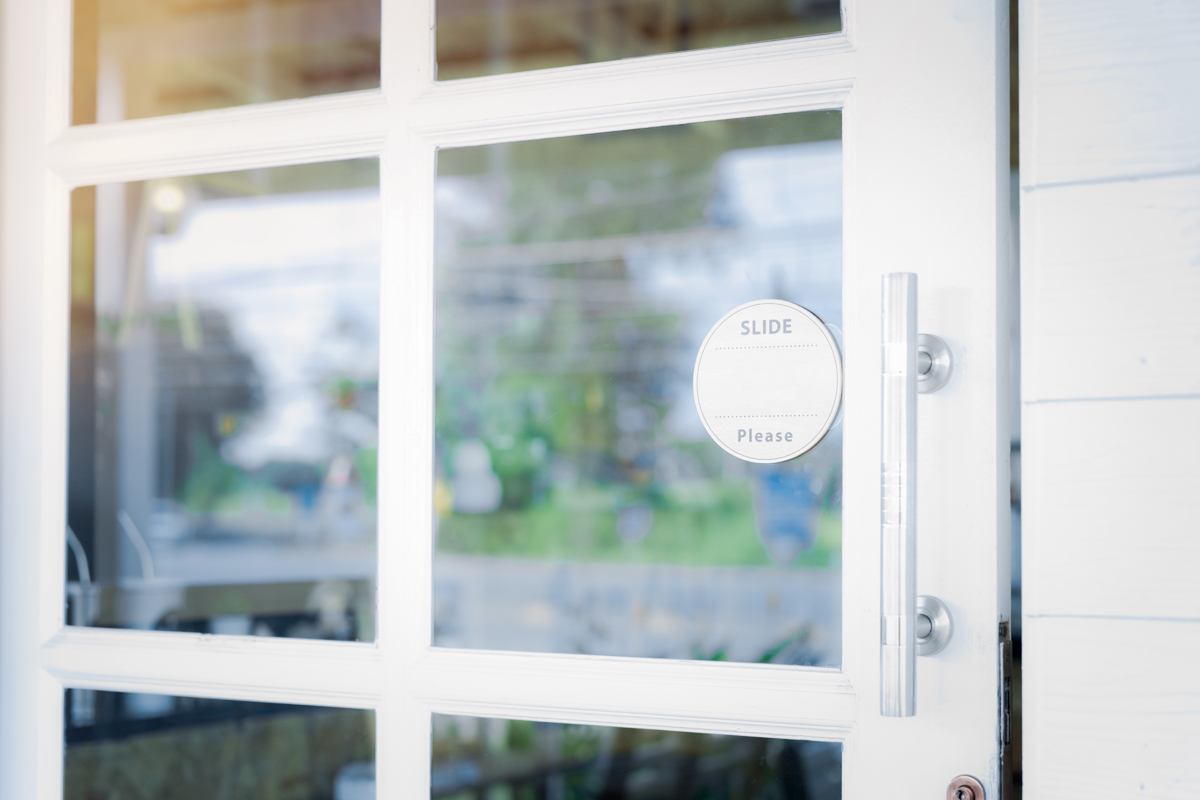Screen Door Installation Costs 2025
As of 2025, the cost of installing a screen door varies based on factors such as the door type, materials, and labor charges. Here’s a comprehensive breakdown:
1. Average Installation Costs:
-
Standard Screen Doors: The installation cost typically ranges from $75 to $500, with an average price around $300.
-
Storm Doors: These specialized doors, designed to protect against harsh weather, cost between $186 and $680 for materials and labor, averaging approximately $432.
2. Factors Influencing Costs:
Several elements can impact the overall expense:
-
Door Type: Basic screen doors are more affordable, while storm doors with additional features like glass panels or enhanced security can increase the price.
-
Materials: The choice of materials for both the frame and the screen mesh affects durability and cost.
-
Labor: Professional installation fees vary based on regional labor rates and the complexity of the installation.
3. Regional Considerations:
Installation costs can differ by region. For instance:
- Phoenix, Arizona: The average cost for exterior door installation ranges from $349 to $773 per door.
4. Additional Considerations:
-
DIY vs. Professional Installation: While DIY installation can save money, hiring a professional ensures proper fitting and functionality, especially for more complex door types.
-
Customization: Custom designs or non-standard sizes may incur additional costs.
Conclusion:
In 2025, installing a screen door can cost between $75 and $500, depending on various factors. For more specialized options like storm doors, expect to invest between $186 and $680. It’s advisable to consult with local professionals to obtain accurate estimates tailored to your specific needs and location.
Different Types of Screen Doors
Screen doors come in various types, each offering unique features and benefits. Here are some common types of screen doors:
There are several different types of screen doors, each offering unique features to suit different needs. Here’s a breakdown of the most common types:
1. Hinged Screen Doors
🚪 Traditional screen doors that open like a regular door, attached with hinges.
✔ Pros:
- Sturdy and long-lasting
- Provides full door coverage
- Can be reinforced for security
❌ Cons:
- Takes up space when opened
- Requires a strong frame for support
👉 Best for: Front and back doors, high-traffic entryways
2. Sliding Screen Doors
🚪 Designed for patio doors, moving along a track.
✔ Pros:
- Space-saving design
- Ideal for glass sliding doors
- Easy to open and close
❌ Cons:
- Tracks can collect dirt and debris
- Might not seal as tightly as hinged doors
👉 Best for: Patio, balcony, and deck doors
3. Retractable Screen Doors
🚪 Screens that roll into a side cassette when not in use.
✔ Pros:
- Disappears when not needed
- Sleek and modern design
- Works with most door types
❌ Cons:
- More expensive than traditional screen doors
- Requires proper installation for smooth operation
👉 Best for: Homes where you want an unobtrusive screen option
4. Magnetic Screen Doors
🚪 Made of mesh with magnetic closures down the center, allowing easy hands-free entry.
✔ Pros:
- No installation needed (uses Velcro or adhesives)
- Hands-free opening (great for pets and kids)
- Affordable option
❌ Cons:
- Less durable than traditional screen doors
- Might not seal tightly against strong winds
👉 Best for: Temporary or budget-friendly screen solutions
5. Storm Screen Doors
🚪 A combination of a screen and a glass panel, offering protection against harsh weather.
✔ Pros:
- Provides extra insulation and weather protection
- Can switch between glass and screen panels
- Adds an extra security layer
❌ Cons:
- Heavier and more expensive than regular screen doors
- Requires proper installation
👉 Best for: Homes in areas with extreme weather conditions
6. Security Screen Doors
🚪 Made from reinforced metal mesh for extra protection.
✔ Pros:
- Adds an extra layer of security
- Stronger than regular screen doors
- Resistant to cutting or breaking
❌ Cons:
- More expensive
- Heavier and may require professional installation
👉 Best for: Homeowners looking for both ventilation and security
7. Motorized or Smart Screen Doors
🚪 High-tech doors that automatically retract using a remote or sensor.
✔ Pros:
- Convenient and hands-free
- Ideal for large openings
- Can be integrated into smart home systems
❌ Cons:
- Very expensive
- Requires professional installation and maintenance
👉 Best for: Modern homes or luxury outdoor spaces
Which One Should You Choose?
✅ Best for patios & sliding doors: Sliding screen doors
✅ Best for front doors & traditional homes: Hinged screen doors
✅ Best for convenience & aesthetics: Retractable screen doors
✅ Best for budget & ease of use: Magnetic screen doors
✅ Best for protection & durability: Storm or security screen doors
JLC Enterprises Offers Screen Door Installation in Phoenix, Arizona
If you’re thinking about installing a screen door in Arizona, let JLC Enterprises assist! JLC Enterprises offers installation of exterior, patio or sliding, or garage screen doors for homeowners in Phoenix, Gilbert, Glendale, Mesa and other areas in Arizona. Call us today at 480-967-9183.[/vc_column_text][/vc_column][/vc_row]





